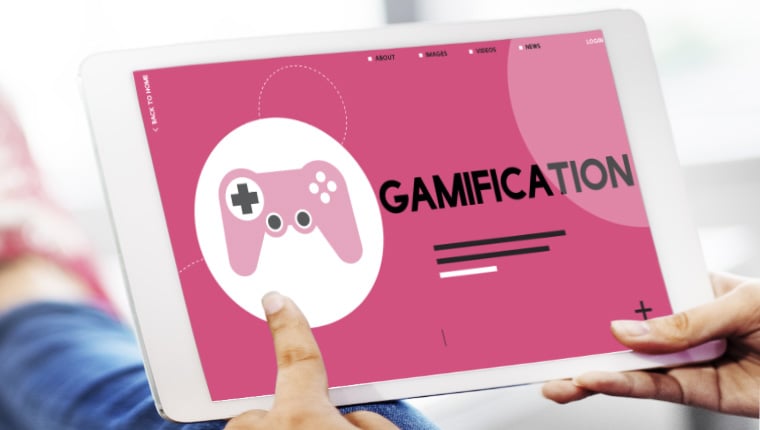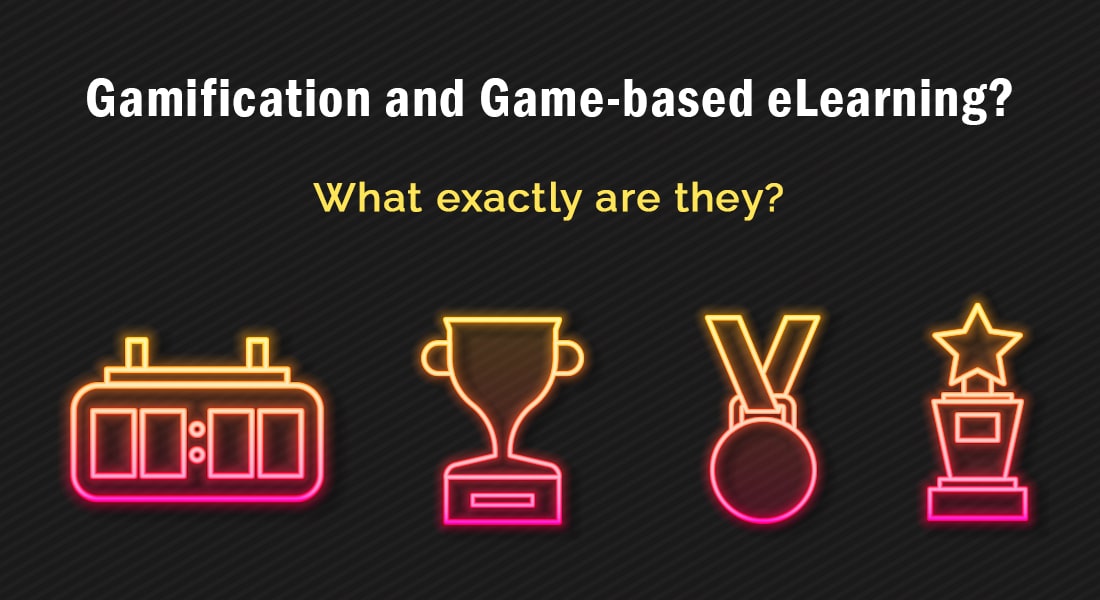4 Common Misconceptions of Gamification Dispelled
Gamification is here to stay. However, a lot of myths revolve around it. Learn the truth behind four of the most believed myths on gamification.

“Gamification is using game-based mechanics, aesthetics and game thinking to engage people, motivate action, promote learning and solve problems.” – Karl Kapp
“Gamification is the craft of deriving fun and engaging elements found typically in games and thoughtfully applying them to real-world or productive activities.” – Yu Kai Chou
“When Gamification projects fail, it’s often the result of poor planning or execution”, reads an article by Medium. And this is indeed true. An American pharmacy created a leaderboard with cash incentives for reps who would wind up calls from customers the fastest. Their eventual motive was to reduce customer service wait times, but in vain. Instead, employees felt they were being monitored, leading to a significant increase in response time.
The 4 Myths of Gamification
- Gamification is all about incorporating points, badges, and leaderboards
- Gamification and game-based learning are the same
- Gamification appeals only to the millennials and centennials
- Gamification is not the right choice for corporate training
So, why do you think organizations end up planning for gamification poorly? Well, according to us, one of the major reasons this happens is because of being unclear of the whole idea of gamification.
What You Need to Get Right about Gamification
MYTH 1: Gamification is all about Points, Badges, and Leaderboards
Were you aware that Google provides badges to your Google+ profile if you read news articles on Google News? Now, are you motivated to go read the articles and collect those badges? I am sure most of you are not. Because Gamification is NOT just about incorporating points, badges, and leaderboards (PBLs). They are just completely meaningless on their own. Why exactly is Google providing those badges? What will readers gain if they have those badges? Nobody knows.
According to Yu-Kai-Chou, the author of Actionable Gamification, gamification is more about how, when, and why game elements appear in a context. Suppose you are planning to deliver a gamified eLearning course, just incorporating points or badges randomly within the course will not lead to achieving the ultimate learning objectives or business objectives. It is about choosing the right game elements in the right context to accomplish the goals.
For example, the modules within the course can be divided into levels. Modules can be arranged in the order of difficulty within the course, thus implying the higher the learners reach, the difficult the learning gets. If and only if they clear a level, can they move on to the next one. Each time they clear a certain level, badges/points can be provided which will be visible on their LMS dashboard.
Also keep in mind that game elements include not just the PBLs but various other elements such as the rules, levels, storytelling, and reward structure, which when used appropriately will lead to an extremely immersive and effective learning experience.
MYTH 2: Gamification and Game-based Learning are the Same
In the eLearning world, both gamification and game-based learning are often heard together and hence individuals end up confused. While gamification is the incorporating of game elements within an eLearning course to instill motivation, game-based learning is all transferring/building skills knowledge through a game. In game-based learning, the game itself is the training.
Gamification involves:
- Rewarding learners with badges if they complete a particular module/challenge within an eLearning course.
- Adding levels within the course i.e., once a learner completes a module, he/she crosses a level.
- Introducing leaderboards to keep track of who completes the course the fastest and with the highest score.
- Allowing learners to score points during summative or formative assessments.
Game-based learning involves:
Consider you want to train your employees on the updated data privacy laws. Instead of providing a scenario-based course or a video, you can make it interesting by providing them a game-based course – maybe something to a board game. Each time the learner rolls a dice, a question regarding the laws comes up. If the learner answers correctly he/she earns a point and if they get it wrong the computer earns a point.
Some spots on the board can also include additional instructions such as “Move two spaces ahead” “Go back two spaces”, to infuse an element of challenge.
| Game-Based Learning | Gamification | |
| 1 | Using games to meet learning objectives | Adding game elements in the right context in courses |
| 2 | Learning comes from the game itself | Game elements are used to bring out the desired behavior |
| 3 | Facilitates intrinsic motivation | Facilitates extrinsic motivation |
MYTH 3: It Appeals Only to the Millennials and Centennials
According to statistics, 40% of the players who play Candy Crush are above the age of 35. And people who are 35+ are not millennials or centennials. Wondering what I am trying to say? If individuals who are not millennials or centennials can enjoy playing games or are the largest demographic in one of the most famous games ever played, why won’t gamification within eLearning courses appeal to them?
Gamification is all about instilling motivation within learners to achieve a desired behavioral change in them i.e., to learn effectively. And motivation is the same in every single human being, no matter the age. Hence be it the oldest of your workforce, the baby boomers, or the newest entering your workforce, the centennials – gamification will appeal to every single one of them.
MYTH 4: It’s NOT the Right Choice for Corporate Training
It might be true that gamification does not work for everyone. But neither does taking up hour long training sessions or reading reams of text. Some people might argue that gamification might lead to more of entertainment and less of learning.
Well, that is not the case. The ultimate aim of corporate training is to make your employees efficient enough to carry out particular tasks. It may be memorizing a few laws and being able to apply them to stay compliant or learning to execute tasks within a software – gamification will definitely help you meet your learning objectives.
The fun factor within gamifying your course will in fact lead to learners embracing the training even more. Once the learner embraces the course, engagement levels will raise leading to better retention of knowledge.
Think it Over
Do you still think gamification is not right for corporate training?
Gamification is definitely not a fad. It is here to stay. Hence dispel the myths in your mind and incorporate this amazing strategy within your eLearning and watch wonders happen. Have you heard of other myths regarding Gamification? Please do feel free to share them with us!





